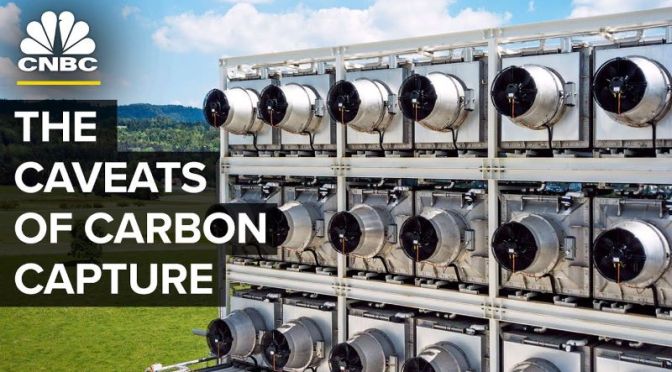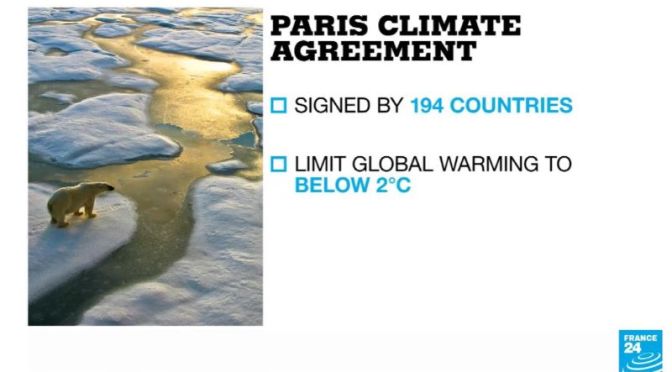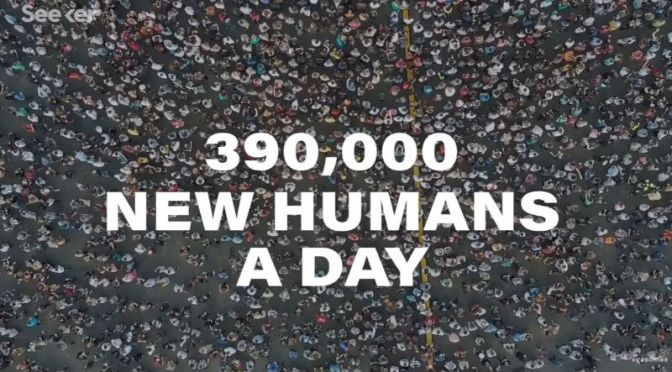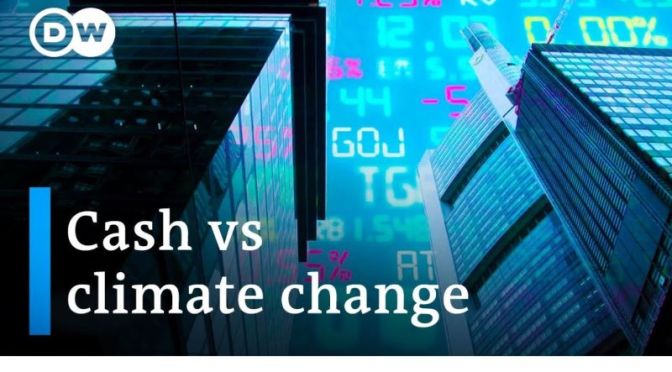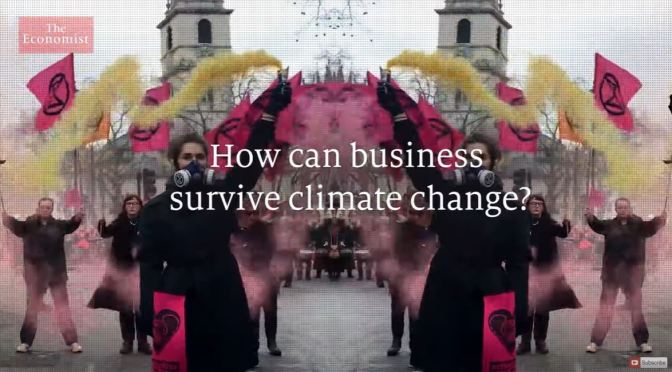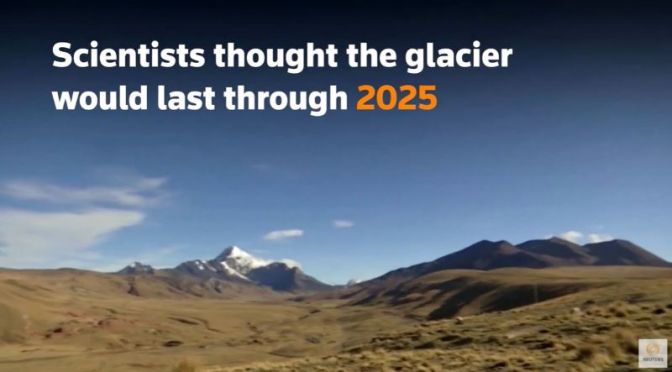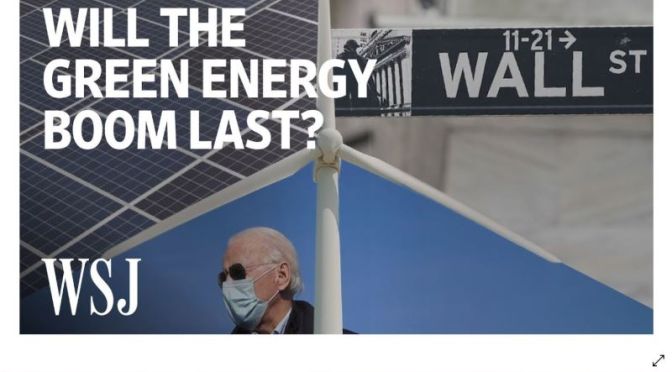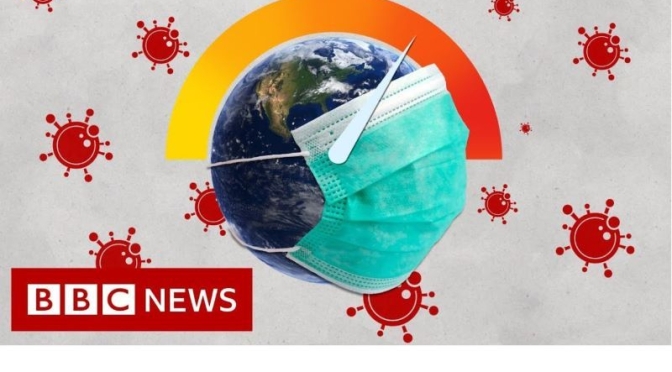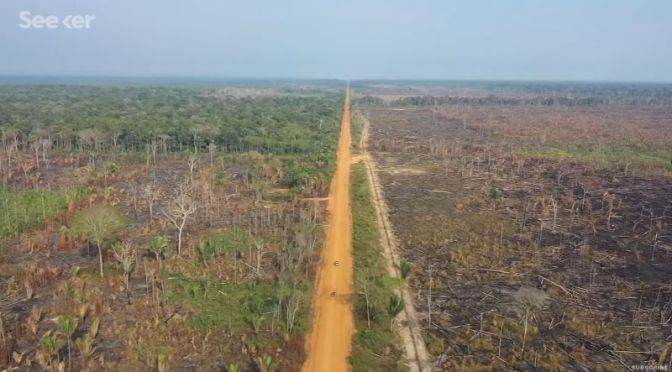Elon Musk, Microsoft and oil giants like BP, Occidental and Exxon Mobil are investing in carbon capture technologies. Carbon Engineering and Climeworks are two start-ups that have built machines to suck CO2 straight out of the atmosphere in a process known as direct air capture. But the technology faces a number of challenges, one of which is that there’s currently no market for the captured CO2. As a result, some companies are selling their captured CO2 to oil companies, which use it to produce even more oil.
Tag Archives: Global Warming
Innovation: ‘Norrbotten, Sweden’ – “Arctic Green”
Norrbotten in Sweden is blessed with natural resources but more recently has been turning heads because of its growing roster of innovative start-ups. We bear witness to the region’s effort to change heavy industries into clean businesses.
Norrbotten County is the northernmost county or län of Sweden. It is also the largest county by land area, almost a quarter of Sweden’s total area.
News: U.S. Rejoins The Paris Climate Agreement (Video)
Hours after being sworn in as US 46th President, Joe Biden kicked off his mandate by signing 17 executive orders. Among those, some were destined to undo the legacy of his predecessor Donald Trump, including rejoining the Paris Climate Agreement. The new president seems to keep climate as his administration’s priority, as promised.
Analysis: Overpopulation – Are Environmental Issues Caused By It? (Video)
Around 390,000 new humans are born every day. So, on a planet with dwindling resources and an increasing strain on natural systems… is curbing our booming population the key to solving our environmental woes?
In 2018, just North America and China were responsible for almost half of the world’s CO2 emissions. These are also the countries with the highest concentrations of the world’s wealthiest people. Their populations are living longer and having fewer babies, so their population growth is actually slowing down. By contrast, the poorest half of the world—where most global population growth is currently concentrated — produces only 10% of the world’s CO2 emissions.
These populations typically lack the technology and wealth that result in high energy expenditure, increased industrialization, and pollution. So, in climate change projections that take these imbalances into account, it’s been shown that redistributing wealth—so, reducing both extreme wealth and extreme poverty—has as much impact on carbon emissions as reducing overall population would.
Even in projected scenarios where a reduction in population does make a difference in emissions, it’s not enough of a difference to affect projected temperature rise. No amount of population reduction would achieve the reduction in emissions necessary to keep global warming below 2 degrees Celsius in our near future.
Green Investment: ‘Can It Stop Global Warming?’
A new generation of investors wants to force businesses to become environmentally-friendly. Even climate conservationists know that money talks, but can green investments really save the world? Green investment rewards companies that use sustainable production practices and protect the environment. At the same time, companies that pollute or contribute to global warming are deprived of funds.
The strategy converts the once secondary issue of the environment into hard, cold cash. Antonis Schwarz is 30 years old — and an investor, philanthropist, and activist. His slogan is “cash against climate change.” Schwarz, like many other wealthy millennials, sees climate change as the key variable when it comes to investing money. These people intentionally put their cash into companies and projects that protect the environment. Schwarz believes that those who are well-off have a special responsibility to follow this strategy. He says, “When you are able to change something and you don’t, you’re complicit. We all have to become fully involved, so we can prevent a climate disaster.”
This philosophy can be summed up with the following question: “What’s the point of having loads of money if it becomes worthless because you’re living on a planet that’s becoming increasingly chaotic?” Institutional investors have more money at their disposal than wealthy private individuals do. Their approach is also changing — and not out of pure idealism. Extreme weather events caused by climate change, for example, are bad for business. They can force corporations to write off billions in damages.
This documentary goes behind the scenes to take a closer look at the financial markets. How well does “impact investing” work? Can investors really move large, powerful corporations to change their strategies? Politicians have so far failed to do precisely that.
Business: ‘The Costs Of Climate Change’ (Video)
Climate change is about to upend the corporate world through weather-related disasters, regulation and lawsuits. Can businesses react and adapt in time? Read more here: https://econ.st/3slTXIE
Climate Change: Bolivia’s Tuni Glacier Is Shrinking
Bolivia’s Tuni glacier is disappearing faster than initially anticipated, according to scientists in the Andean nation, a predicament that will likely make worse water shortages already plaguing the capital La Paz
Analysis: ‘Will The Green Energy Boom Last?’ (Video)
Investors have been pouring more money than ever into renewable energies such as solar and wind. WSJ looks at how the pandemic, lower energy costs and global politics have driven the rally–and whether it can last.
Climate Change: What Are Covid-19’s Impacts? (Video)
When Covid-19 sparked lockdowns around the world, emissions of one of the greenhouse gases responsible for climate change, atmospheric carbon dioxide, plummeted. But is this record drop a short-term effect of the 2020 pandemic or a ‘new normal’? BBC Weather’s Ben Rich explores the impact of coronavirus on the global climate.
Motion graphics by Jacqueline Galvin
Produced by Soraya Auer
Deforestation: ‘Amazon Rainforest’ – Becoming A Savannah In 15 Yrs? (Video)
New research suggests that if the current rate of deforestation continues, the Amazon rainforest could transform into a savannah within 15 years. Do we have time to stop it?
The Amazon basin spans over 6 million square kilometers, and is home to one-fifth of the world’s land species. In addition, it supports the 30 million people who live and depend on the land as a source of food, medicine, and shelter. That’s not even including the key role it plays in regulating the regional AND global climate.
Trees absorb water through their roots and transport it to their leaves, where it’s released as vapor through small pores in a process called transpiration. As the water vapor rises and condenses, it forms rain clouds over the forest canopy. Basically, the rainforest is making its own weather. For example, one large tree can release 1,000 liters of water into the atmosphere in a single day.
The rainforest recycles this water up to six times before it moves out of the region, but as more trees are cut down, those that remain may not be able to recycle enough water to survive. Less trees means more sunlight will hit the forest floor, exposing the forest to higher temperatures. Since deforestation began accelerating in the 1970’s, 800,000 square kilometers of the Amazon have been lost. And over that same period, the average temperature of the basin has risen by 1 degree Celsius.

